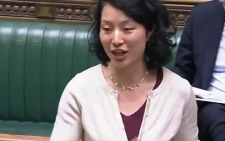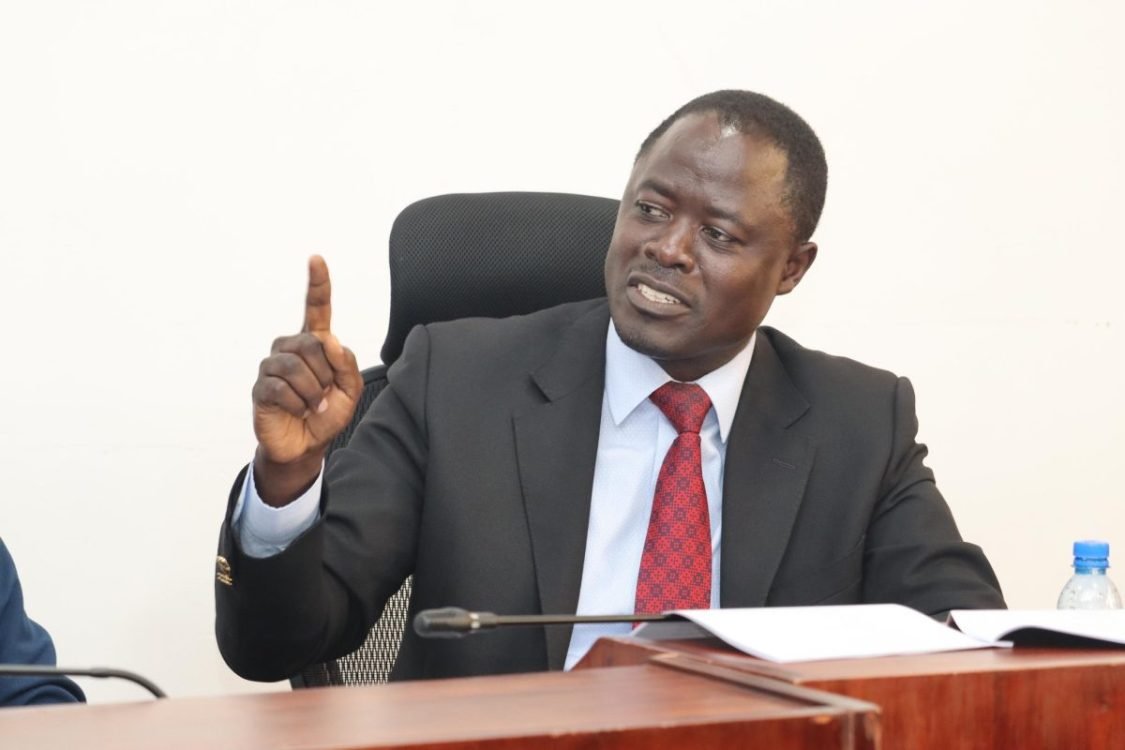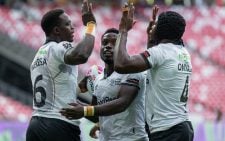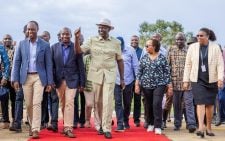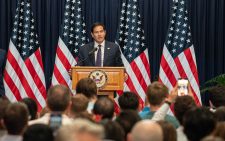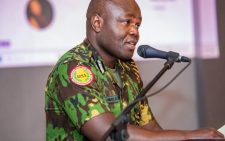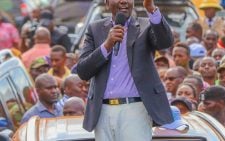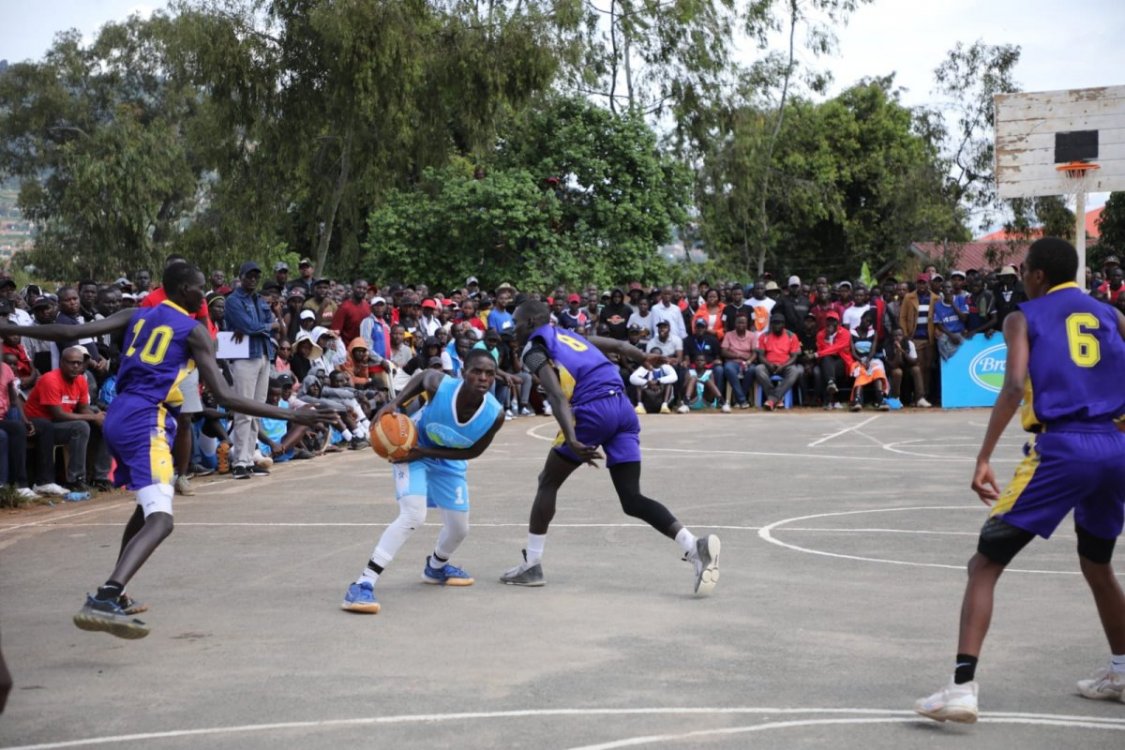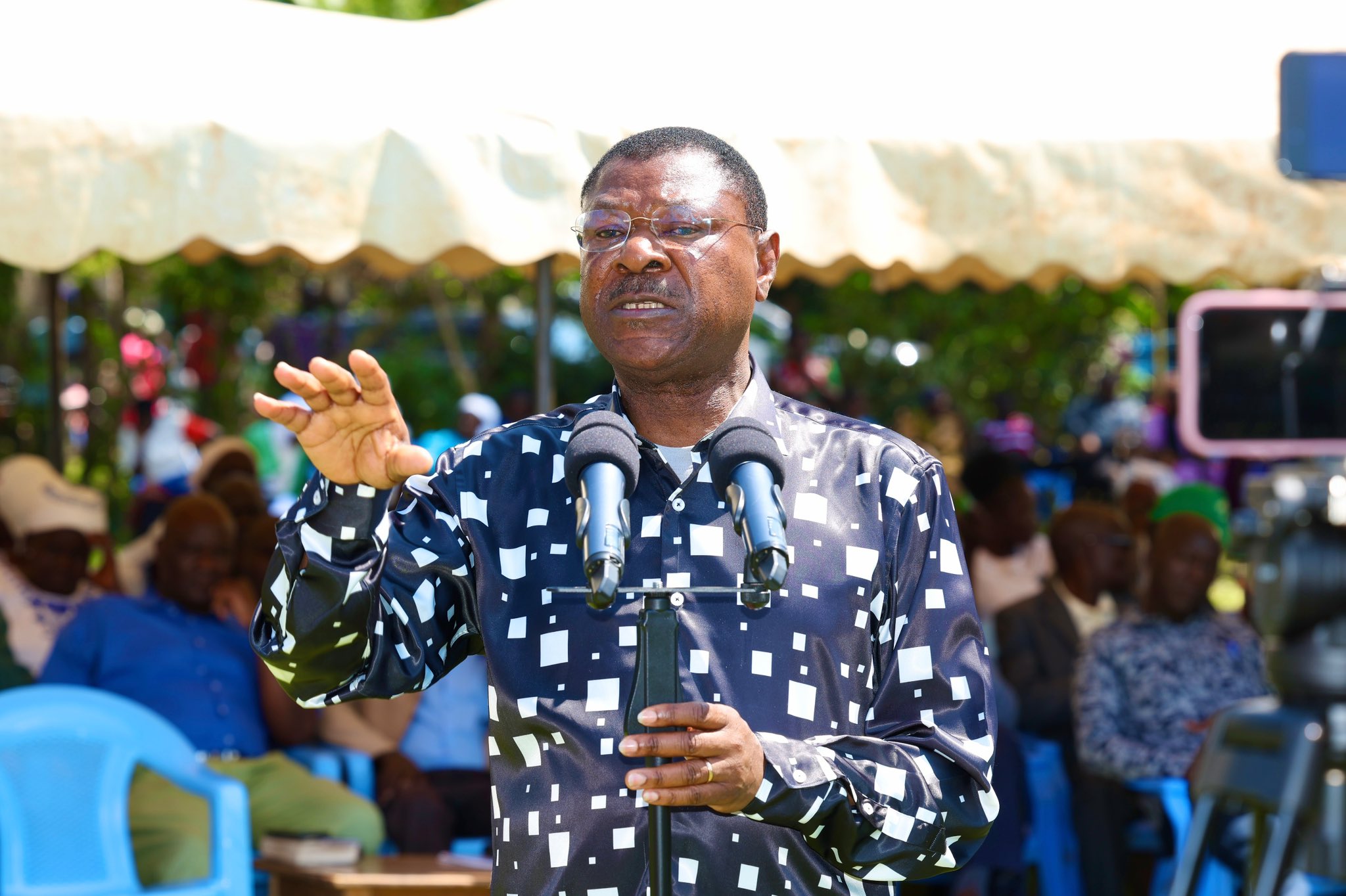Raila’s role in the journey for Wanjiku’s Constitution
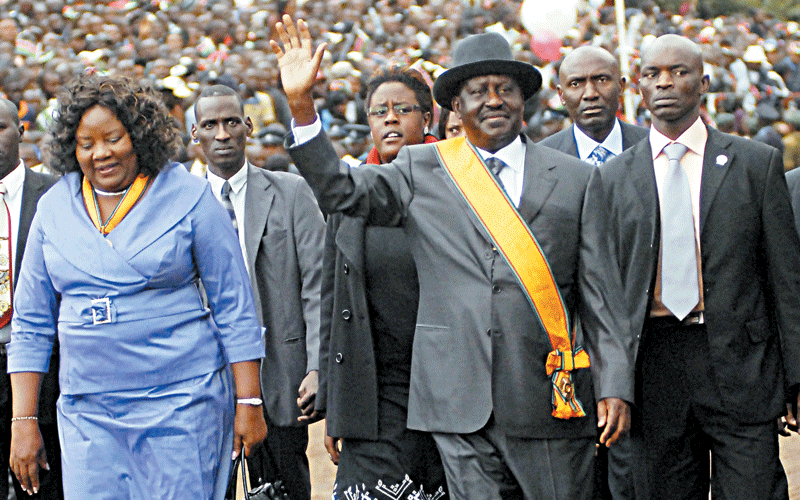
Ten years ago, I attended a party at the residence of then Prime Minister Raila Odinga in Nairobi.
The guests read like a list of who-is-who in Kenya’s political establishment and cream of the legal fraternity.
The occasion was a celebration of the birth of Kenya’s new Constitution, which had been promulgated on August 27, 2010, exactly 10 years ago today.
Among those present were five individuals who have aspired for the highest seat on the land — President Uhuru Kenyatta (then Deputy Premier), Raila, Musalia Mudavadi (also then Deputy Prime Minister), Siaya Senator James Orengo and Thirdway Alliance leader Ekuru Aukot.
It was no surprise that Raila was hosting perhaps the biggest party to celebrate a constitutional milestone since Kenya’s independence in 1963.
More than any other political figure, Raila carries the mantle of being the chief crusader for enactment of the 2010 Constitution.
Only a few Kenyans know that his popular moniker of ‘Baba’ is a product of his relentless championing for what eventually came to be known as ‘Wanjiku’s Constitution’.
Raila is the political father of the 2010 Constitution, which is why he continues to wield powerful influence in the country’s constitutional dispensation.
Political life
Whoever doubts this would do justice in explaining how Raila managed to enter into a historic “Handshake” with his most formidable adversary to forge a relationship that has not only rocked the country’s political foundation, but is also shaping its destiny.
The bitter foes-turned-comrades in political solidarity are now the twin wielders of instruments in a delicate power game, conducting an orchestra likely to soon culminate in the review of the Constitution, 10 years after its promulgation.
At the party, Raila and his wife, Mama Ida, were the perfect hosts as the cream of the Kenyan political elite was joined by constitutional experts, religious leaders and members of civil society in a sumptuous feast for a resounding affirmation to ‘Baby Katiba’ on this important day in the history of Kenya’s democratisation struggle.
Throughout his political life, Raila’s big heart has charmed his way to enlightened populism while wearing a big hat has won friends and supporters from across the country, as testified during this celebratory event.
His capacity to confound his opponents and critics remains an enduring trait as wananchi recall 10 eventful years of the Constitution whose review he is poised to perform yet another pivotal role.
Many Kenyans born during the Moi Nyayo era and later may not be aware of the long and torturous journey the ODM leader and a legion of “second liberation” luminaries, many long dead, suffered and sacrificed to achieve the Constitution upholding the people’s rights.
The culmination of the struggle was the result of an epic political, legal battle reminiscent of the fight for freedom and Kenya’s independence.
Trenches of liberation
Those who have lived through the four eras of post-independent Kenya as children, students, witnesses and chroniclers of its epochal evolution are obligated to awaken the current and future generations to this political, social, economic and constitutional reality.
I had known Raila from the dark days of the single-party era in which his father, the doyen of Kenya’s Opposition politics Jaramogi Oginga Odinga, was an icon whose fiery resilient attributes he must have taken to like fish to water.
The first close association was when he partnered with renowned lawyer and fellow second liberation fighter Gitobu Imanyara, then the publisher of the critical anti-establishment publication, Nairobi Law Monthly.
Since then I have interacted and closely followed his political path from the historic multi-party rally at Nairobi’s Kamukunji grounds, the Saba Saba rallies, the rise and split of the original Forum for Democracy (FORD), his links with Kenneth Matiba, Charles Rubia, Martin Shikuku and a host of other luminaries.
As his phenomenal trajectory entrenched a solid political base, winning over former challengers in Senator Orengo and Kisumu Governor Prof Anyang’ Nyong’o, among others, Raila found and sustained resilient allies in affirming the constitutional spirit in the implementation of reforms.
Baba has transitioned from the revered ‘Agwambo’ and ‘Jakom’ (chairman) as he is fondly referred to among his fanatical home followers to the ‘Tinga’ (tractor) that bulldozed its way through a treacherous political terrain to help plant the seed that germinated into the 2010 Constitution.
For all the criticisms his opponents may level against him, Raila was among the soldiers in the trenches of a gruelling and ravaging liberation struggle in which lives were lost, limbs broken, families tormented, careers devastated, individual rights manipulated, abused, and innocent blood shed.
As Kenyans celebrate a decade of the 2010 Constitution, the dilemma of impunity is becoming increasingly apparent, particularly in the tampering with chapters on separation of powers, leadership and integrity, inclusion, equity, individual rights and freedoms.
As the country heads towards a possible referendum and a review of the Constitution, the enduring legacy Raila and President Uhuru can leave Kenyans is restoring the people’s role in directing the reform agenda and the devolution process.
In the new dispensation, the government should be anchored on demystifying power and anchoring it on responsible citizenship rooted in integrity.
